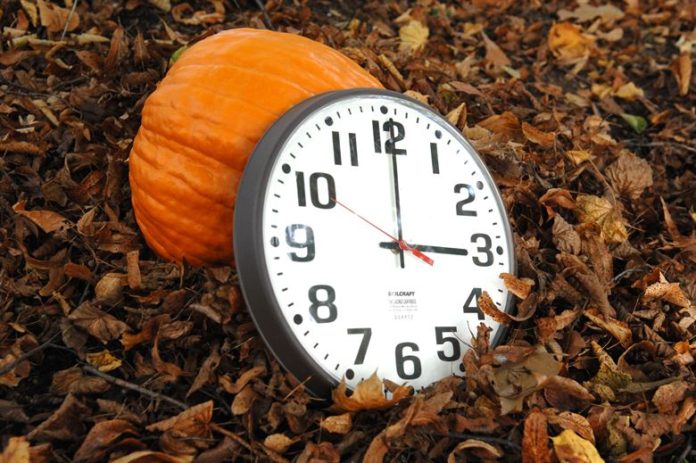Time is a construct made up by humans that is based on how long planet Earth currently takes to revolve around the Sun at the center of the Solar System, as well as how long the planet needs to rotate around its axis. Such revolutions take one year; there are roughly 365.25 rotations that take place within each revolution’s time – this explains why we hold a leap-year, or a year with one extra day, every four years.
We keep up with time in modern society using digital clocks. Clocks such as the NIST-F1 Cesium Fountain Atomic Clock in Boulder, Colorado, are used as official, standard-setting clocks – of which there are only a handful in the world – that make up an international circuit of go-to, official clocks.
There are 24 hours in every day and – with the exception of leap-years – 365 days in every year. These two things are true through thick and thin, no matter what happens. There is, in fact, one discrepancy when it comes to keeping up with time, at least here in the United States: daylight saving time. The majority of Canada and the United States sets their clocks back during the colder months, currently in November, and forward during springtime – March, to be specific.
In 1916, Germany became the first country to observe daylight saving time (DST) – not daylight savings time, a common misnomer – the practice of which was followed by the United States in 1918. Put simply, the reason for adopting DST was to make better use of our time. It allows us to use less electricity and other forms of fuel on artificial light. Adjusting the time so that it’s bright out whenever Americans go to work or fulfill other obligations also helps keep people safer.
Despite these benefits of daylight saving time, some seven in 10 Americans, per a recent poll conducted by The Associated Press-NORC Center for Public Affairs Research, would like to stop changing the clocks twice yearly to stay on the same page as everyone else in the United States and Canada. 40 percent of respondents would prefer to remain on standard time, whereas about 30 percent want to adhere to daylight saving time; the 30 other percent would like to keep on switching their clocks back and forth twice yearly.
This poll’s results were published just a few days ago.
California, for example, has already gotten rid of the convention, as some three-fifths of the Golden State’s voters supported a ballot proposition in 2018 that nixed the use of daylight saving time.



